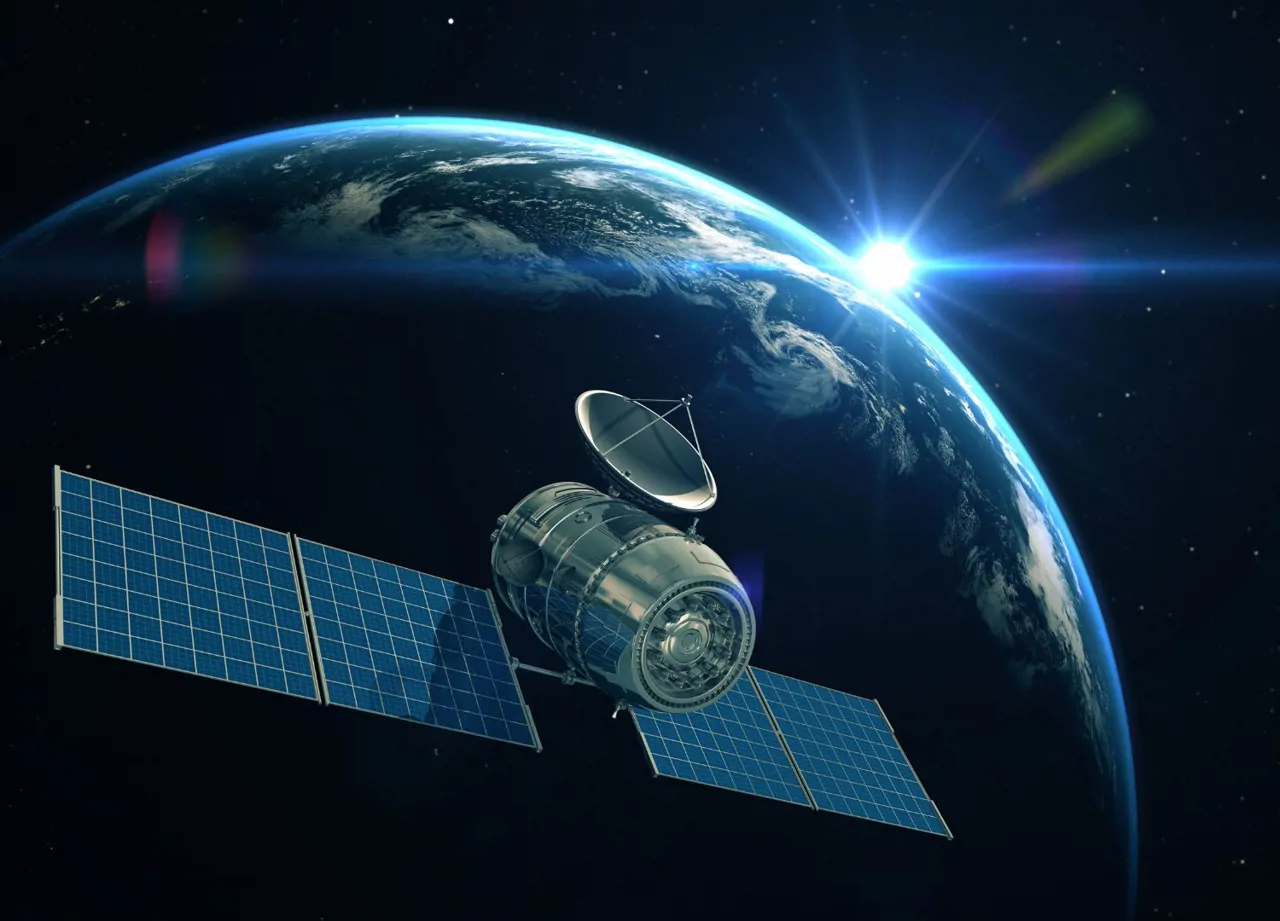Drop off your CV
We'd love to hear from you. Send us your CV and one of our specialist consultants will be in touch.
Strong Manufacturing Base: Florida ranks 2nd among U.S. states for aerospace products and parts manufacturing and 2nd for space and defense systems manufacturing.
Strategic Location: Home to 3 spaceports and 130 public airports, Florida provides excellent access to global markets, supported by 21 major military installations.
Growing Aerospace Hub in Northwest Florida: Proximity to six major aerospace OEMs and an emerging aerospace cluster make Northwest Florida a strategic location for the industry.

Educational Support: Institutions like Embry-Riddle Aeronautical University and various technical colleges provide specialized training in aerospace mechanics and related fields.
Pro-Business Environment: Florida’s competitive tax policies and planned $1.5 billion in economic development investments create a favorable business climate for aerospace and defense companies.
Strong Defense Presence: With one of the largest veteran populations in the U.S. and 400+ aerospace establishments, Florida’s aerospace and defense industry continues to thrive, attracting key players like Lockheed Martin and Boeing.

Here are some examples of the diverse range of senior roles within the industry:
System Design: Skilled in developing system specifications, requirements, architecture, and defining interfaces.
Project Management: Experienced in leading teams, managing project timelines, and aligning deliverables with customer needs.
Technical Oversight: Proficient in overseeing complex systems involving hardware, software, and electrical integration.
Verification and Validation: Expertise in testing and validation to ensure systems meet requirements.
Technical Documentation: Competent in creating and understanding clear technical reports and documentation.
Business Development: Proven ability to identify and nurture relationships with key decision-makers in the industry.
Sales Strategy Development: Expertise in developing and implementing effective sales strategies for market penetration and revenue growth.
Market Research and Analysis: Proficiency in conducting research to spot new business opportunities and assess competition and industry trends.
Complex Negotiation and Closing: Strong skills in handling complex negotiations and closing deals with clients in aviation and defense.
Industry Knowledge: In-depth understanding of the aerospace and defense industries.
Program Strategy Development: Ability to develop and execute long-term program strategies that align with organizational objectives.
Cross-Functional Team Management: Expertise in managing cross-functional teams, including project managers, engineers, and technical staff.
Project Budgeting and Scheduling: Skills in monitoring project budgets and schedules to ensure adherence to financial forecasts and deadlines.
Risk Management: Proficiency in actively engaging in risk management to identify and mitigate potential project risks.
Stakeholder Management: Strong skills in managing stakeholder communication and relationships to ensure project alignment with expectations.
While the industry is booming, recruitment challenges remain within the sector. Here are some key examples:
Recruitment Challenges - The industry faces significant challenges in sourcing candidates with experience in electric powertrain systems and aircraft battery development. Aircraft electrification and UAV technology demand niche skills, and recruitment is further constrained by specific expertise requirements, particularly in safety and regulatory standards like those mandated by the FAA.
Skills Gaps - There’s a skills gap in areas like open-source coding for autopilot systems and specialized knowledge of aircraft electrification. While recruitment often reaches into related fields, such as robotics for smaller aircraft and drones, aerospace-specific expertise remains critical at senior levels.
To ensure the industry continues to thrive with the senior talent it requires, here are our top recruitment tips
Integrate HR as a strategic partner in workforce planning alongside finance and business development. This collaborative approach ensures a coordinated hiring plan that aligns with program demands and future skill needs, recognizing the unique talent requirements across job families.
Focus on strategic, outcomes-driven learning and development initiatives. By aligning L&D programs with business objectives, they can prioritize skills that deliver the highest ROI. Additionally, companies should use generative AI to enhance onboarding and productivity and prepare employees for evolving roles, creating a more adaptable and skilled workforce.
The solution is to establish a hiring engine that operates like a sales organization, focusing on building strong relationships across talent acquisition, HR, and analytics. This includes creating a "talent win room" that unites various resources to streamline the hiring process, enhance agility, and improve the employee value proposition. Emphasizing quality over volume in hiring and driving collaboration will help attract and retain critical talent in the A&D sector.
This includes skills such as:
Talent with these skills could be transferred from industries such as:
This includes skills such as:
Talent with these skills could be transferred from industries such as:
This includes skills such as:
Talent with these skills could be transferred from industries such as:
This includes skills such as:
Talent with these skills could be transferred from industries such as:
Whether you're navigating hiring challenges or have expertise to feature, we want to connect with you. Reach out to us below to discuss how we can support your success in the thriving aerospace and defense sector.